Unsafe water and waterborne disease kill more people worldwide than anything else – violence, war, etc. We won’t get into all the statistics here, but they are grim in a way that’s hard for people in a first world country to begin to comprehend. Walking miles each day for safe water is so far out of our frame of reference it almost doesn’t compute. Safe and fresh is something we all take for granted every single day.
The reality is that safe water is concern number one, two, and three for your family when it comes to being prepared for the unexpected. Nothing else even comes close.
The Critical Necessity of Safe Water
It’s hard for most of us to think about a lack of access to clean and safe water, but it can happen. There could be a time when safe water doesn’t pour out of your faucets on demand. What are some ways your water source could be contaminated or even lost? A few include:
- Routine water main break due to maintenance or age issues
- Loss of power to deliver the water
- Natural disaster that breaks the pipes that deliver water
- Sabotage of water treatment facilities
There are other even grimmer possibilities, but these are the most likely.
If you’ve ever lived through a boil water advisory for a few days, you know how hard it is to boil all the water you need for everything.
If you’ve ever lived through a no-contact advisory where you aren’t even supposed to shower or wash your hands with the water, then you know how old that gets very quickly.
I’ve lived through both and they are no fun. They make everything more challenging and time-consuming.
Now imagine if that happened on a large scale. For several days. Or a week. Or longer.
- How long would your family stay hydrated?
- How would your family stay clean?
- How would you cook and eat?
Safe water is the foundation of everything when it comes to taking care of your loved ones.
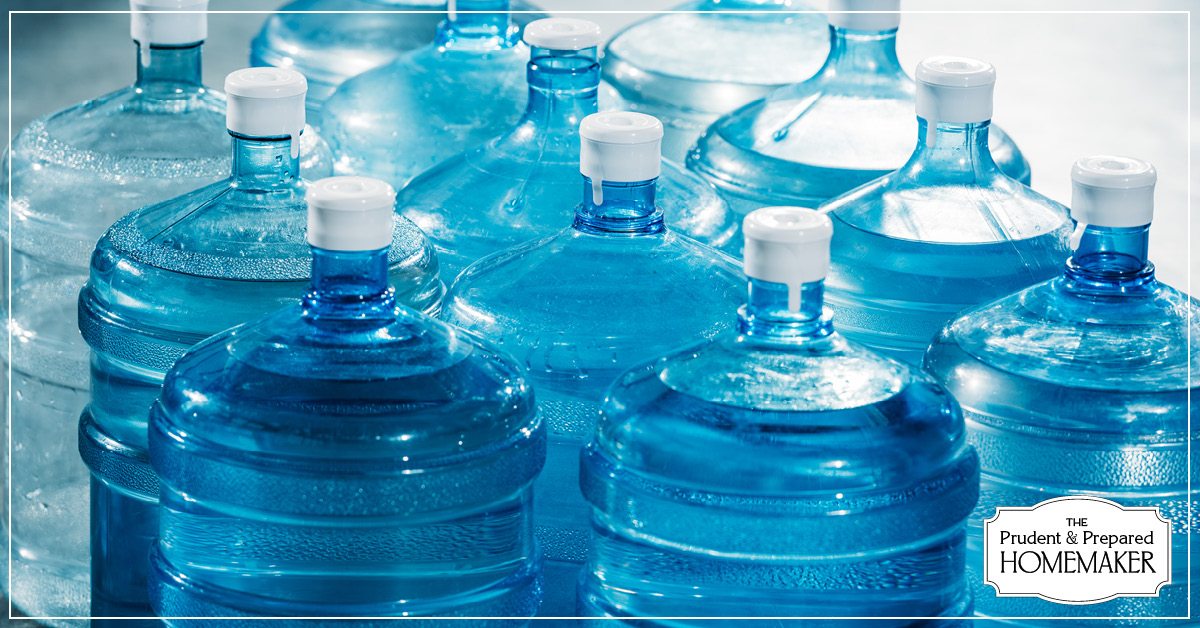
Before You Do Anything Else – Water
Before you do anything else with the information in the Prudent & Prepared Homemaker series, your first job is to get water stored for your family. We’ll look at the options that are available and then you can plan accordingly based on your family and your resources.
Don’t put this off. Either this morning, this afternoon, tonight, or tomorrow morning you must take care of this. Don’t worry about doing anything else recommended in these posts until you take care of this.
Big plans start with the first small step. Water is your first step.
How Much to Store
A general rule of thumb is to store one gallon per person, per day. So if you have a family of 5, you need a minimum of 5 gallons for each day.
- If you are going to store enough water for 3 days, then you need 15 gallons.
- A week means 35 gallons.
- A month means roughly 150 gallons.
The amount you want per person per day will depend on how you are going to keep clean, the time of year, where you live, and what else you are storing. We’ll talk more about sanitation in later posts, but this is simply to get you started.
I personally think one gallon per person per day is not nearly enough, but that is the general guideline so we’ll go with it.
Water in the Home Worksheet
There is a Water in the Home worksheet in The Prudent and Prepared Homemaker to help you think through how much water your particular home needs to store for emergencies.
Should You Store Water Bottles?
Water bottles are a hot topic right now. There are people who absolutely will not allow them in their home or allow their children to use them.
For our purposes, let’s put all of the scientific and environmental details aside and deal with it from the emergency perspective.
Water bottles are one of the quickest and cheapest ways to add this absolute necessity to your home. If you have the cash, you can go to Costco, Walmart, Meijer, Kroger, or wherever right now, buy four or five or ten 24-packs of water bottles, bring them home, and put them in your basement or wherever you are going to keep them.
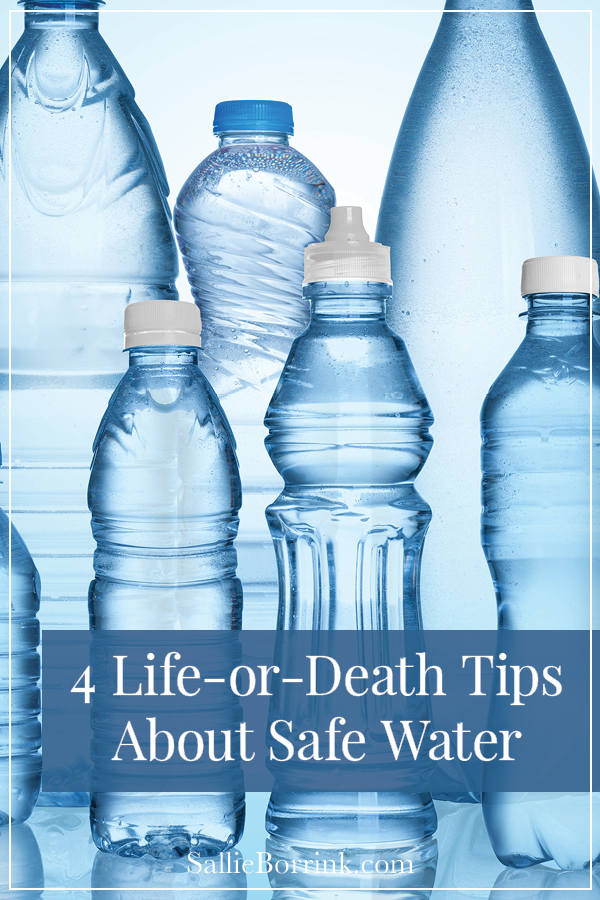
Just like that you will have accomplished the first part of an important process.
I certainly respect that not everyone wants to use water bottles on a daily basis. But given the choice between not having any water for your children and having them drink a bit of water from a water bottle, I think the water bottle is the best choice in an emergency. In fact, I’m sure you will be beyond thankful to have water bottles for your kids – and you.
There are other options we’re going to look at in the following topics, but buying packages of water bottles is the quickest and easiest way to deal with this.
If you prefer, you can buy gallon jugs of water. Those will work well, but they don’t store nearly as easily. It’s much easier to stack packages of water bottles three or four high than it is to arrange jugs. But jugs will work as well if you have the space for them.
Another benefit of water bottles over jugs is that if you get a leak in one water bottle, you are only out one bottle. If you break open or spill a gallon jug accidentally, you could lose the whole thing (which represents a full day of water for one member of your family).
Controversy aside, water bottles are the quickest and cheapest way to get started as you work your way toward longer-term options in the months ahead.

Tools for Water Filtration and Purification
There are several different options for water filtration and purification. We’ll take a brief look at a few of them now, but will cover this topic more in-depth when we discuss longer-term preparedness. You can see the details of many of these items in the Amazon List I’ve made: Prudent & Prepared – Water.
Individual Devices
There are individual devices you can purchase for water needs. One of the most popular and widely used is the Life Straw. It’s an amazing product. I think every family should have one of these for every member of the family if funds allow. Even a couple for emergencies is better than none.
This would also be something to consider keeping in your car. With a Life Straw, as long as you can find ANY kind of water somewhere, you will be able to drink.
Sawyer also makes an individual device. It is constructed a bit differently, but many people like it as well.
There are also water bottles, larger gravity pouches, and more which you can see in the list.
Water Purification with Chemicals
There are multiple ways to purify water. Water purification tablets are probably the most widely known. There are other options, however, including bleach and pool shock. Keeping some inexpensive plain bleach or pool shock somewhere dark and out of the way is an inexpensive way to be prepared to purify water in an emergency.
Click Prudent & Prepared – Water to see details of various water filtration and purification products.
And then go get the water you need. Right away.
The Prudent & Prepared Homemaker
Read All of the Posts in the Series
3 Reasons To Become A Prudent & Prepared Homemaker
5 Reasons To Keep Written Pantry & Emergency Notes
4 Must-Know Tips About Stocking a Pantry
3 Tips for Building Your Pantry
7 Places To Find Extra Money For Stocking Your Pantry
3 Reasons Most “First Things to Buy” Prepper Lists Are Worthless
4 Tips to Deal with Emergency Anxiety
4 Facts About Preparing For Emergencies
3 Unusual Tips For Emergency Preparedness
11 Ways To Prepare Your Home For A Storm
4 Important Tips About Safe Water
4 Types of People Who Should Buy a 14-Day Emergency Food Supply Pack

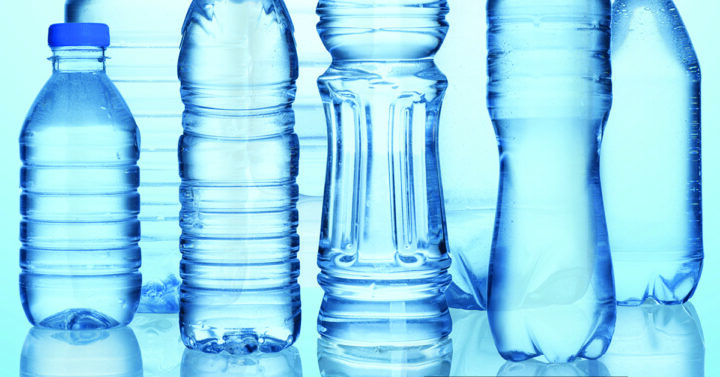

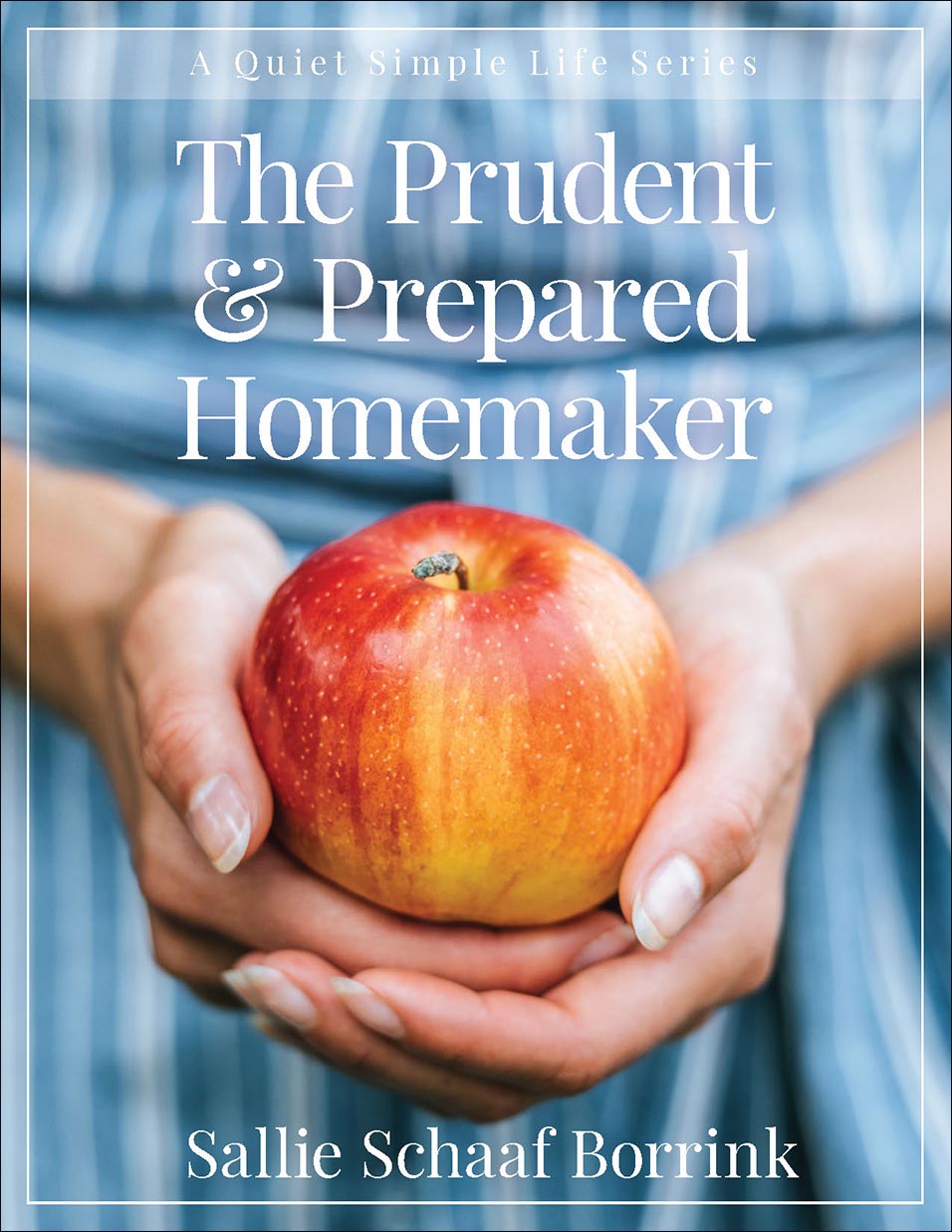
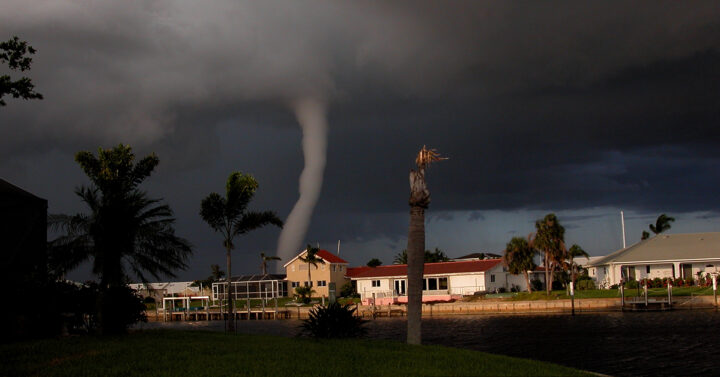
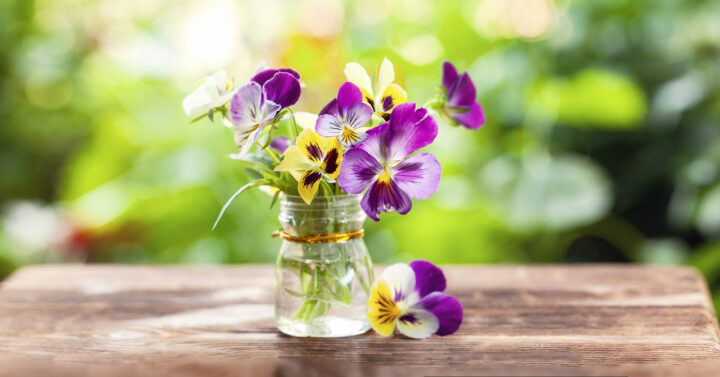

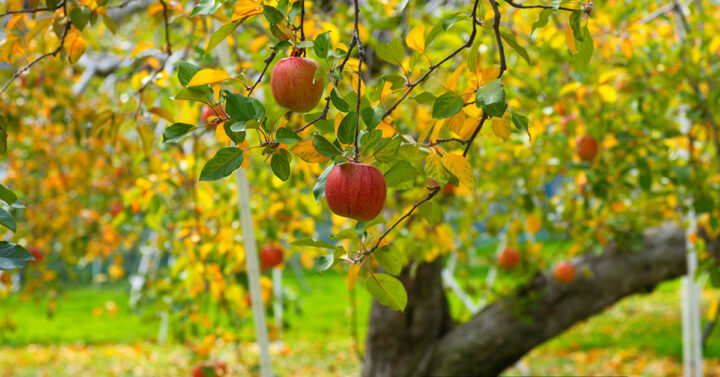
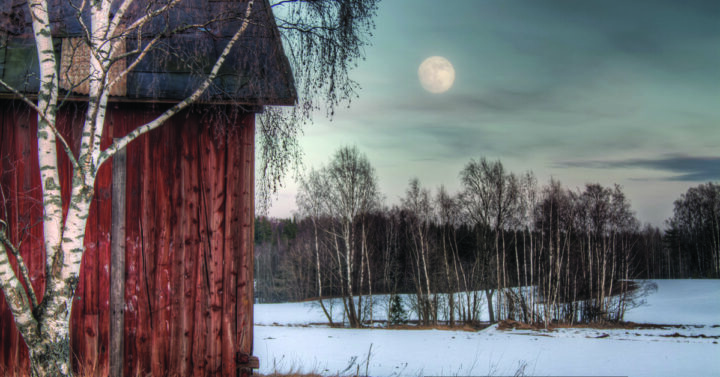

 11 Ways To Prepare Your Home For A Storm
11 Ways To Prepare Your Home For A Storm
Leave a Reply